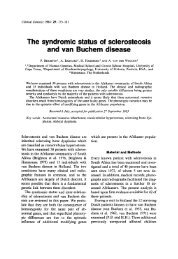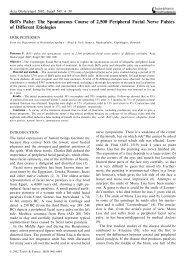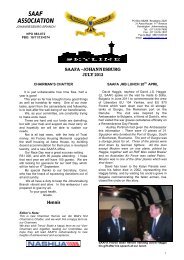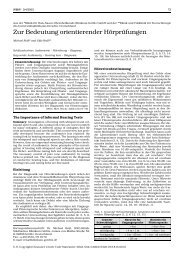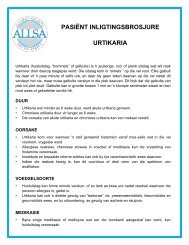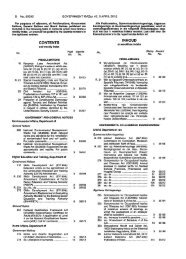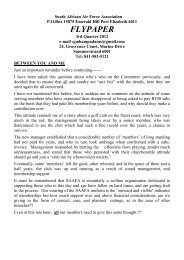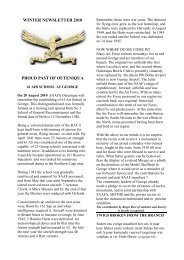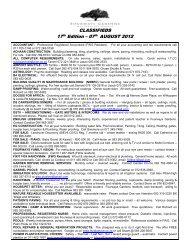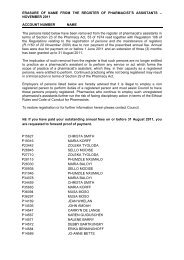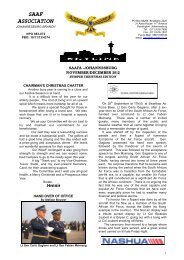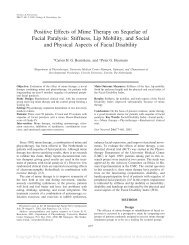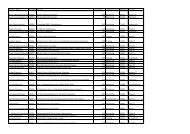Republic of Botswana - Admin
Republic of Botswana - Admin
Republic of Botswana - Admin
Create successful ePaper yourself
Turn your PDF publications into a flip-book with our unique Google optimized e-Paper software.
developed by training the staff by specialized consultants. In the evaluation <strong>of</strong> case reports the<br />
following elements can be recognized:<br />
Quality <strong>of</strong> documentation: Completeness and integrity <strong>of</strong> data, quality <strong>of</strong><br />
diagnosis, follow-up, and the basic elements <strong>of</strong> a case report<br />
Coding: Drug names should be registered in a systematic way, for example by<br />
using the WHO Drug Dictionary (which is based on the INN nomenclature and the ATC<br />
classification). For the coding <strong>of</strong> the adverse events the WHO Adverse Reaction<br />
Terminology (WHOART), or another internationally recognized terminology (e.g.<br />
MedDRA) should be used.<br />
Relevance with regard to the detection <strong>of</strong> new reactions, drug regulation, or scientific or<br />
educational value. The following questions especially may be asked:<br />
• New drug? Products on the market less than five years are usually considered<br />
new drugs.<br />
• Unknown reaction? (i.e. not included in the approved Summary <strong>of</strong> Product<br />
Characteristics or unlabelled). Also important is whether the reaction is described<br />
in the literature, e.g. national drug formulary, Martindale, Meylers Side effects <strong>of</strong><br />
Drugs.<br />
Identification <strong>of</strong> duplicate reports. Certain characteristics <strong>of</strong> a case (sex, age<br />
or date <strong>of</strong> birth, dates <strong>of</strong> drug exposure, etc.) may be used to identify duplicate reporting.<br />
Causality assessment or imputation. With few exceptions, case reports describe<br />
suspected adverse drug reactions. Various approaches have been developed for the<br />
structured determination <strong>of</strong> the likelihood <strong>of</strong> a causal relationship between drug exposure<br />
and adverse events, for example by the WHO Drug Monitoring Program, The European<br />
Commission, and the French national Pharmacovigilance program. These systems are<br />
largely based on four considerations:<br />
• the association in time (or place) between drug administration and event<br />
• pharmacology (including current knowledge <strong>of</strong> nature and frequency <strong>of</strong><br />
adverse reactions)<br />
• medical or pharmacological (signs and symptoms, laboratory<br />
tests, pathological findings, mechanism, etc.)<br />
• likelihood or exclusion <strong>of</strong> other causes.<br />
Then the committee will recommend action to be taken by the regulatory body on the particular<br />
drug with serious adverse drug reaction.<br />
The measures available are:<br />
17



